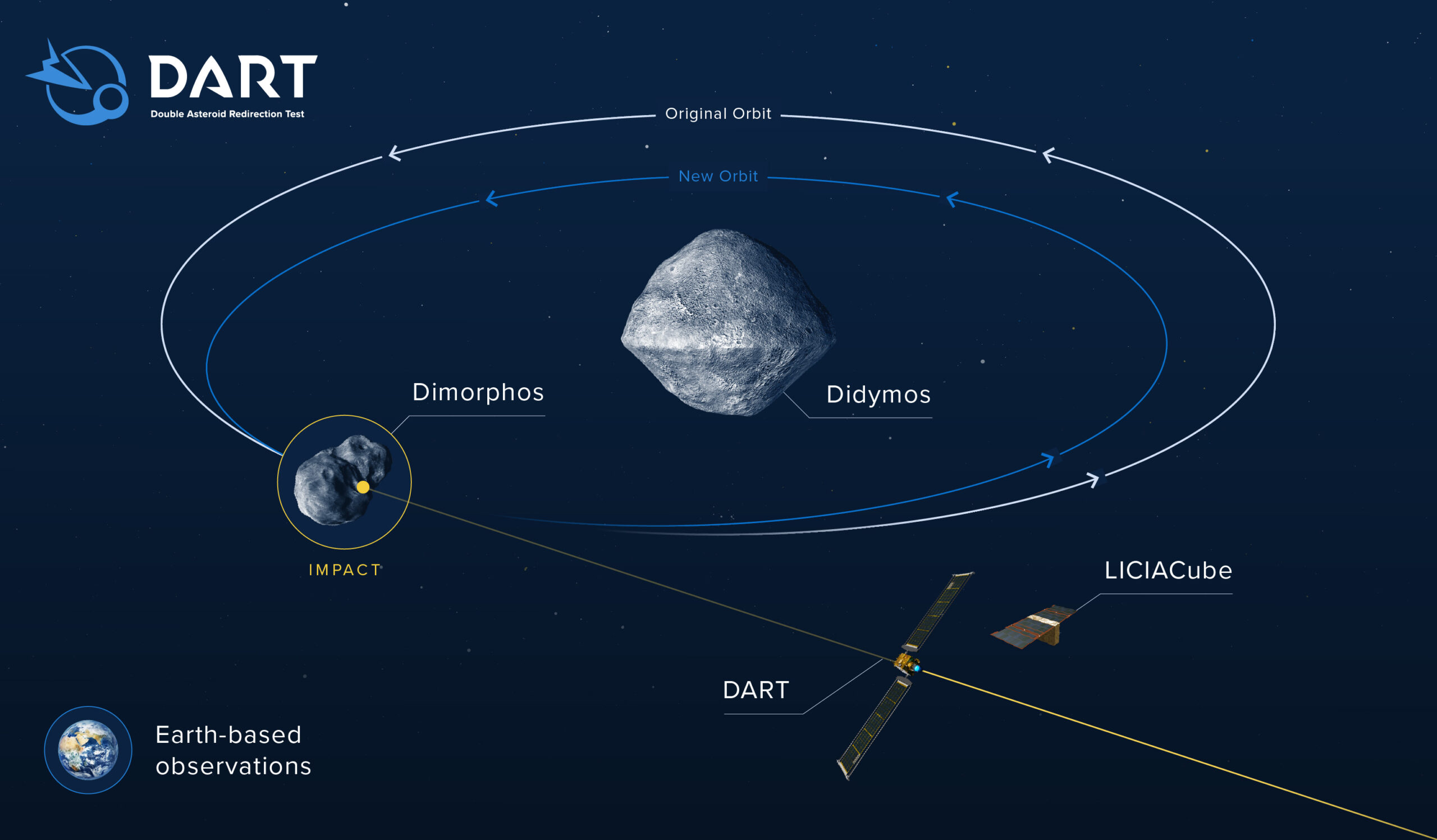Recently, scientists were able to teach a group of about 800,000 brain cells to play the 1970s arcade game “Pong.” The experiment was a part of a novel effort to understand how the brain learns, and how to make computers more intelligent. The cells linked to the computer gradually learned how to sense the position of the game’s electronic ball and control a virtual paddle. With the recent uptake in technology, AI machines that can complete human tasks are starting to become more popular. However, people are able to generalize and make assumptions using what they’ve learned in ways that most computers can’t. Powerful computers struggle to carry out tasks in an unfamiliar environment and can’t do anything that’s not present in their instructions. So how do living brain cells acquire this level of intelligence?
The Pong experiment was started as a way for scientists to answer major questions about how a network of brain cells can learn to change their behavior. Brett Kagan, an author of the study and the chief scientific officer at Cortical Labs in Australia, questions “If we allow these cells to know the outcome of their actions, will they actually be able to change in some sort of goal-directed way?”
To answer this, “A layer of living neurons is grown on a special silicon chip at the bottom of a thumb-sized dish filled with nutrients. This chip, which is linked to a computer, can detect both electrical signals produced by the neurons and deliver electrical signals to them,” a system which is called DishBrain. The computer generated a game of Pong, and sent signals to the brain cells indicating where the bouncing ball was. Additionally, it began monitoring information coming from the cells in the form of electrical pulses. At first, the cell didn’t understand the signals coming from the computer, nor did they have any reason to play the game. So the scientists tried to encourage the cells using electric simulation: a nicely organized burst of electrical activity if they got it right and a chaotic stream of white noise when they got it wrong. The team gave them something predictable if they hit the ball, and something unpredictable when they missed it. This strategy was based on the idea that brain cells want to be able to predict what’s going on in their environment, hence they would choose a predictable simulation over an unpredictable simulation. The strategy worked. “Cells began to learn to generate patterns of electrical activity that would move the paddle in front of the ball, and gradually rallies got longer.”
The brain cells never excelled at Pong, “But interestingly, the human brain cells seemed to achieve a slightly higher level of play than mouse brain cells.” The results hint at a future in which biology combines with computers to change the way they learn and make them more intelligent. “But that future is probably still a long way off,’ says Steve M. Potter, an adjunct associate professor at Georgia Text, but ‘The idea of a computer that has some living components is exciting and it’s starting to become a reality.”
